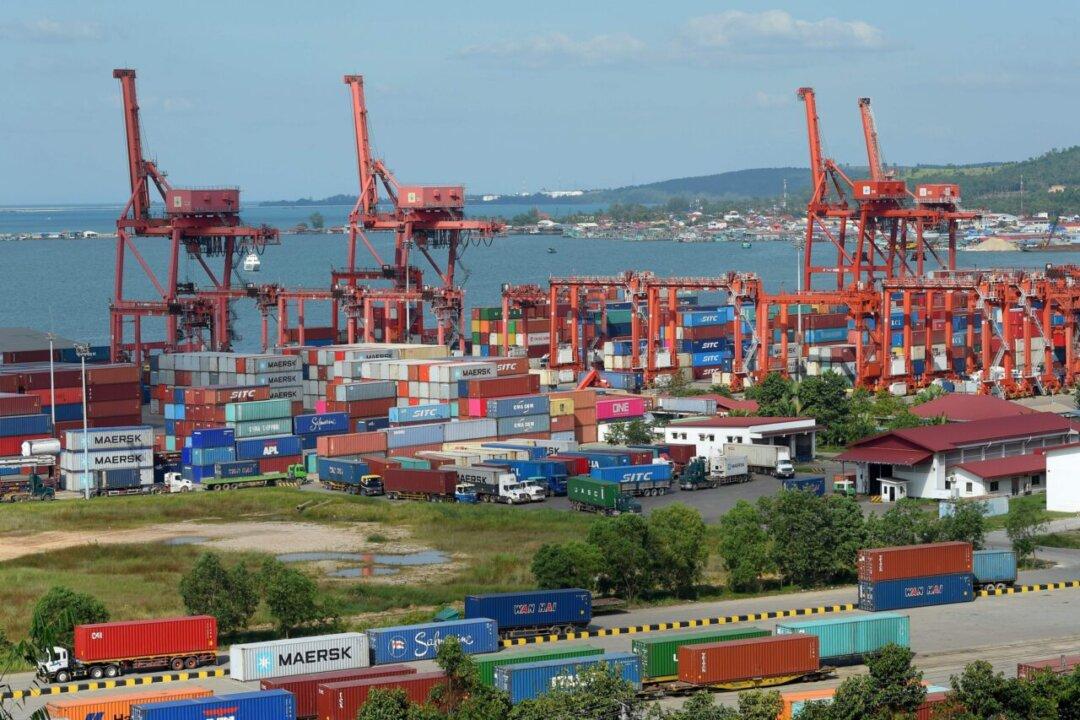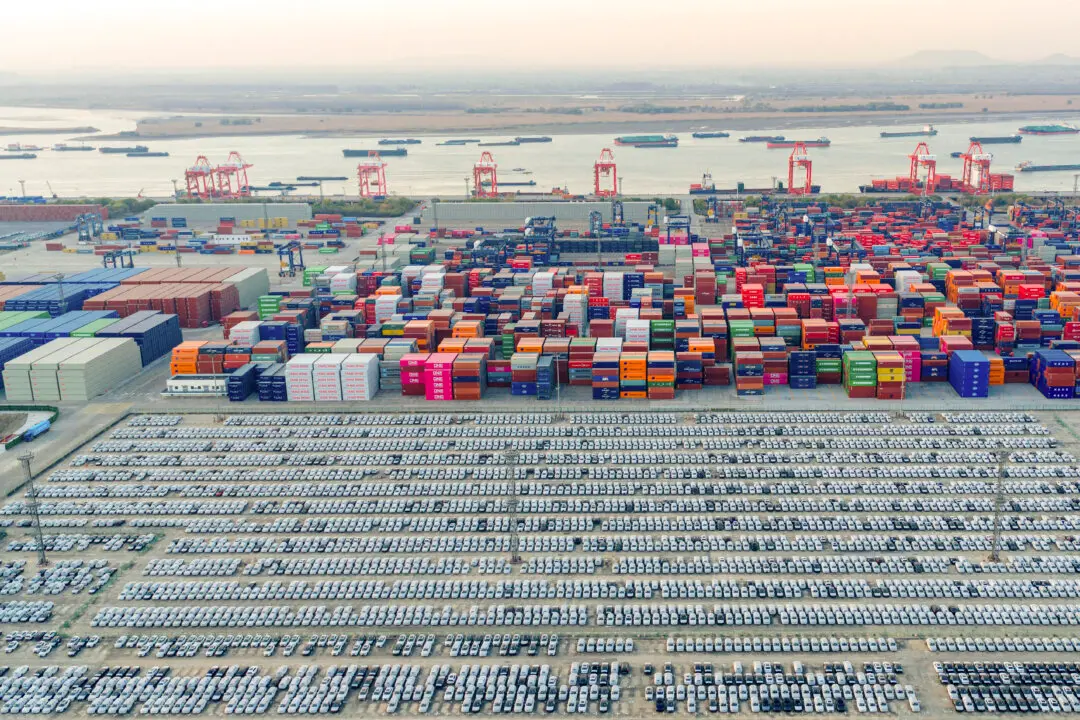Commentary
Not too long ago, Chinese leader Xi Jinping touted Beijing’s Belt and Road Initiative (BRI) as the “project of the century,” something that would alter the global balance of power and influence. More recently, the regime brags less about the potential of the BRI and speaks more humbly of reform and retrenchment.





